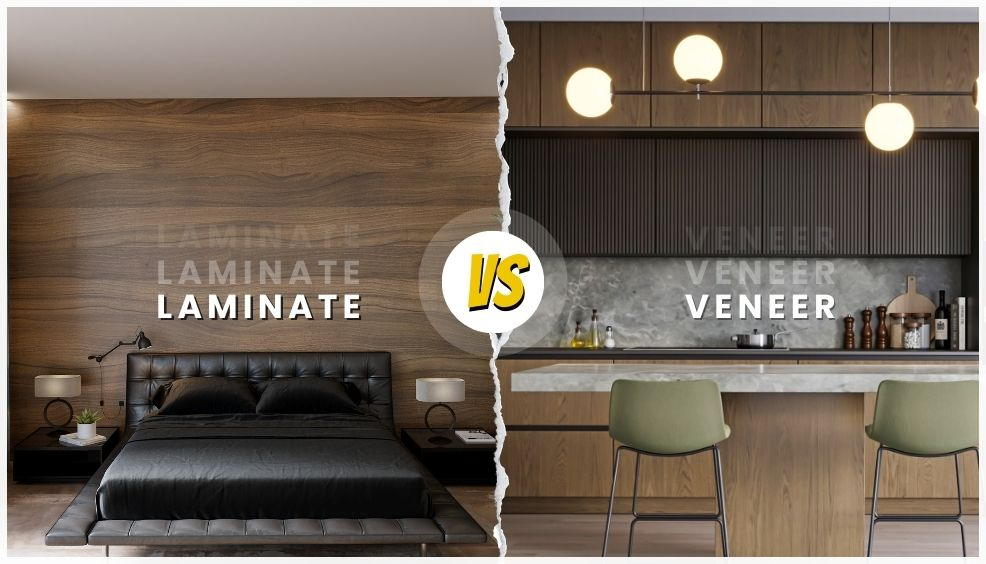
Laminate vs Veneer: What makes a laminate different from a veneer?
161 Comments
-
Trackback: sildenafil 100mg free shipping
-
Trackback: best female viagra brand
-
Trackback: generic viagra in the usa
-
Trackback: cheap viagra without prescription
-
Trackback: lady viagra
-
Trackback: buy cheap cialis online with mastercard
-
Trackback: women taking cialis
-
Trackback: tadalafil pulmonary arterial hypertension
-
Trackback: cialis brand no prescription 365
-
Trackback: acyclovir gabapentin
-
Trackback: metronidazole invertebrates
-
Trackback: sulfamethoxazole trimethoprim classification
-
Trackback: lyrica and norco
-
Trackback: valacyclovir iv
-
Trackback: tamoxifen yrsel
-
Trackback: parlodel metformin
-
Trackback: salix furosemide
-
Trackback: lisinopril arrow
-
Trackback: semaglutide buy online
-
Trackback: rybelsus medication
-
Trackback: semaglutide online pharmacy
-
Trackback: can you take bactrim and cephalexin together
-
Trackback: zoloft 50 mg side effects
-
Trackback: metronidazole menyusui
-
Trackback: keflex and probiotics
-
Trackback: is escitalopram gluten free
-
Trackback: where to buy viagra uk
-
Trackback: gabapentin prospect
-
Trackback: lexapro common side effects
-
Trackback: can duloxetine cause seizures
-
Trackback: cephalexin dosage for adults
-
Trackback: ciprofloxacin for tooth infection
-
Trackback: bactrim ds dosage for uti adults
-
Trackback: bactrim ss vs ds
-
Trackback: augmentin pregnancy
-
Trackback: how long does it take for diltiazem to work
-
Trackback: effexor side effects long term
-
Trackback: diclofenac sodium 75mg dr tab
-
Trackback: flomax interaction with levitra
-
Trackback: does insurance cover contrave
-
Trackback: how to wean off citalopram 20mg
-
Trackback: cozaar 50
-
Trackback: ezetimibe dictionary
-
Trackback: side effects depakote
-
Trackback: ddavp while pregnant
-
Trackback: is flexeril an nsaid
-
Trackback: aspirin for dogs dosage
-
Trackback: allopurinol and warfarin
-
Trackback: risperidone and aripiprazole
-
Trackback: amitriptyline 25mg
-
Trackback: intrathecal baclofen pump
-
Trackback: how many mg of ashwagandha
-
Trackback: augmentin and alcohol webmd
-
Trackback: buspar drug class
-
Trackback: celexa dosage
-
Trackback: celecoxib dose
-
Trackback: can you take tylenol with celebrex
-
Trackback: bupropion drug class
-
Trackback: actos help
-
Trackback: abilify for anxiety
-
Trackback: semaglutide for pcos
-
Trackback: robaxin generic name
-
Trackback: repaglinide sustained release
-
Trackback: how to take protonix
-
Trackback: acarbose alternatives
-
Trackback: remeron for sleep in elderly
-
Trackback: generic drug for tamsulosin
-
Trackback: tizanidine side effects
-
Trackback: stromectol oral
-
Trackback: is thera a generic for voltaren gel?
-
Trackback: furosemide and spironolactone tablet uses
-
Trackback: synthroid embarazo
-
Trackback: sitagliptin zituvio
-
Trackback: cialis online pills
-
Trackback: buy sildenafil
-
Trackback: buy levitra online 24 hours
-
Trackback: sildenafil citrate 100 mg
-
Trackback: tadalafil cost cvs
-
Trackback: lisinopril target pharmacy
-
Trackback: levitra price
-
Trackback: best online pharmacy
-
Trackback: buy stromectol pills
-
Trackback: where can i get female viagra in australia
-
Trackback: ivermectin coronavirus
-
Trackback: vardenafil without prescription
-
Trackback: centurion laboratories tadalafil review
-
Trackback: ivermectin 3
-
Trackback: ivermectin 3
-
Trackback: ivermectin over the counter
-
Trackback: sublingual vardenafil
-
Trackback: buy ivermectin pills
-
Trackback: stromectol tab 3mg
-
Trackback: cialis tadalafil discount
-
Trackback: discount pharmacy sildenafil
-
Trackback: does trazodone help with anxiety
-
Trackback: does valtrex expire
-
Trackback: rash from amoxicillin
-
Trackback: lisinopril fatigue
-
Trackback: warfarin cotrimoxazole interaction
-
Trackback: how long does pregabalin withdrawal last
-
Trackback: side effects of metformin 1000 mg
-
Trackback: should keflex be taken with food
-
Trackback: ciprofloxacin over the counter
-
Trackback: provigil for shift work
-
Trackback: antibiotics cephalexin
-
Trackback: how much nolvadex for gyno
-
Trackback: comprar vardenafil generico
-
Trackback: what happens if women take viagra
-
Trackback: where to buy viagra in malaysia pharmacy
-
Trackback: buy discount levitra
-
Trackback: does sildenafil make you last longer
-
Trackback: sildenafil for sale
-
Trackback: sildenafil 50 mg price at walgreens
-
Trackback: sildenafil coupon cvs
-
Trackback: normal cialis dose
-
Trackback: does green lumber still have tadalafil
-
Trackback: aquatic pharmacy azithromycin
-
Trackback: levitra comercial
-
Trackback: order levitra online
-
Trackback: where to buy levitra online
-
Trackback: sildenafil and tadalafil together
-
Trackback: sildenafil vs sildenafil citrate
-
Trackback: boots pharmacy viagra cost
-
Trackback: 10mg levitra buy
-
Trackback: buy sildenafil citrate tablets
-
Trackback: soma overseas pharmacy
-
Trackback: online pharmacy flovent inhaler
-
Trackback: pharmacy2u co uk viagra
-
Trackback: vardenafil cheap india
-
Trackback: sildenafil 5 mg
-
Trackback: does cialis work for women
-
Trackback: what if tadalafil doesn't work
-
Trackback: vardenafil 20 mg tablet
-
Trackback: how much is tadalafil
-
Trackback: what happens if you take expired tadalafil
-
Trackback: sumatriptan uk pharmacy
-
Trackback: online pharmacy same day delivery
-
Trackback: online pharmacy viagra no prescription
-
Trackback: doxycycline people's pharmacy
-
Trackback: good rx tadalafil
-
Trackback: tadalafil pulmonary hypertension
-
Trackback: pharmacy tampa oxycodone
-
Trackback: celecoxib microemulsion
-
Trackback: tegretol alzheimer's disease
-
Trackback: gabapentin ruined my life
-
Trackback: gabapentin equivalente
-
Trackback: ibuprofen side effects rebound
-
Trackback: taking ibuprofen and sulfasalazine
-
Trackback: dosing tylenol and motrin
-
Trackback: celebrex cortisone
-
Trackback: can you get high off of etodolac 500 mg
-
Trackback: generic pyridostigmine without rx
Comments are closed.





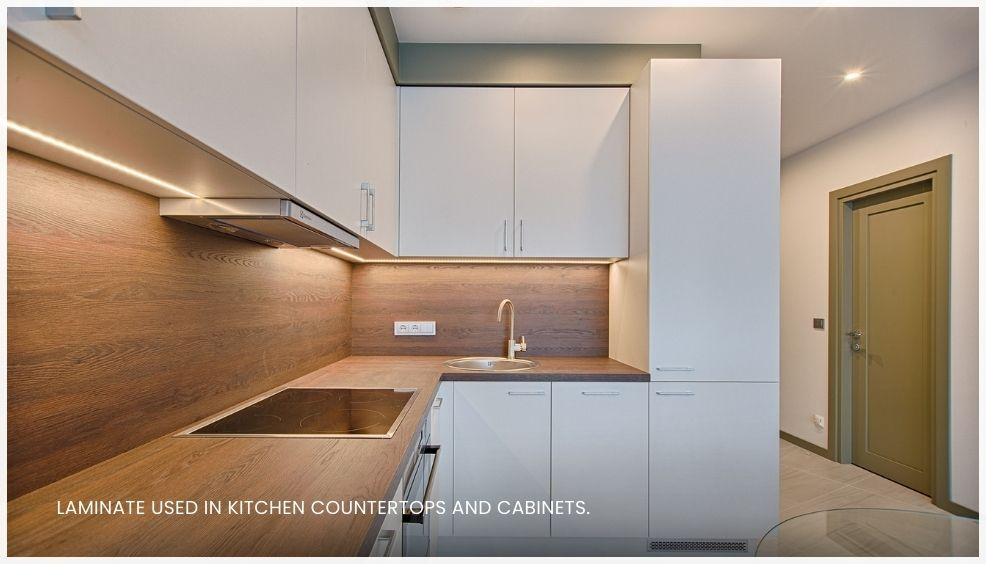

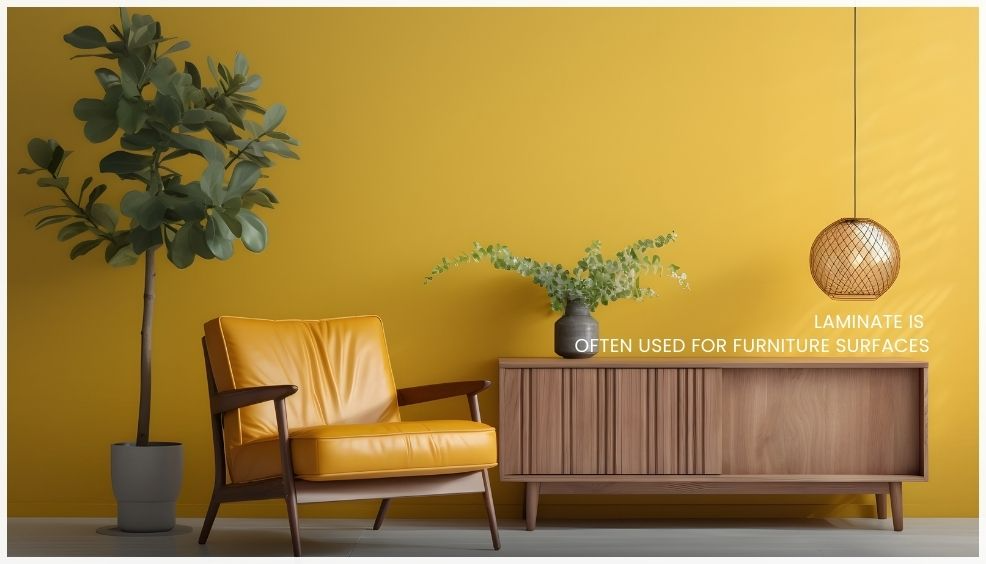
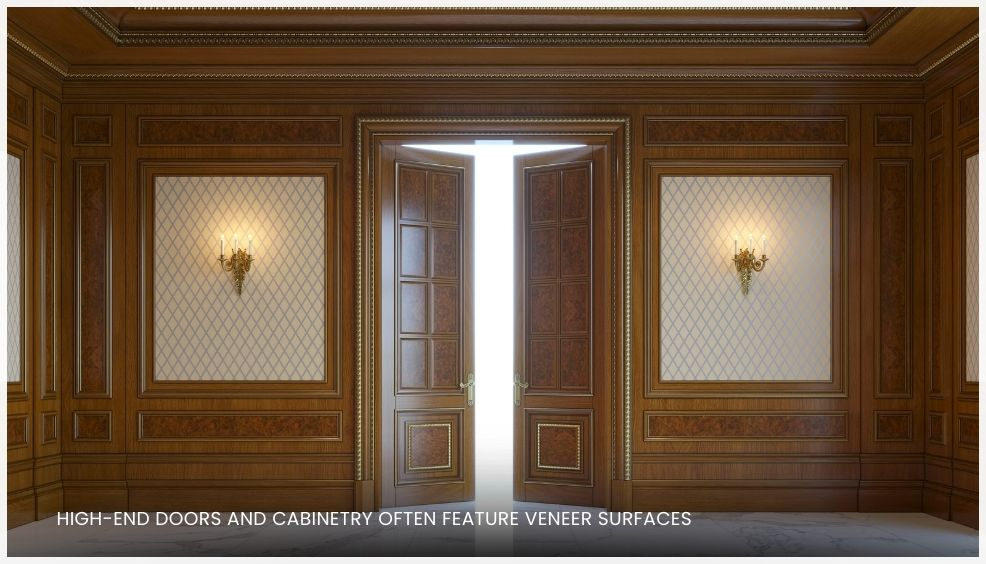

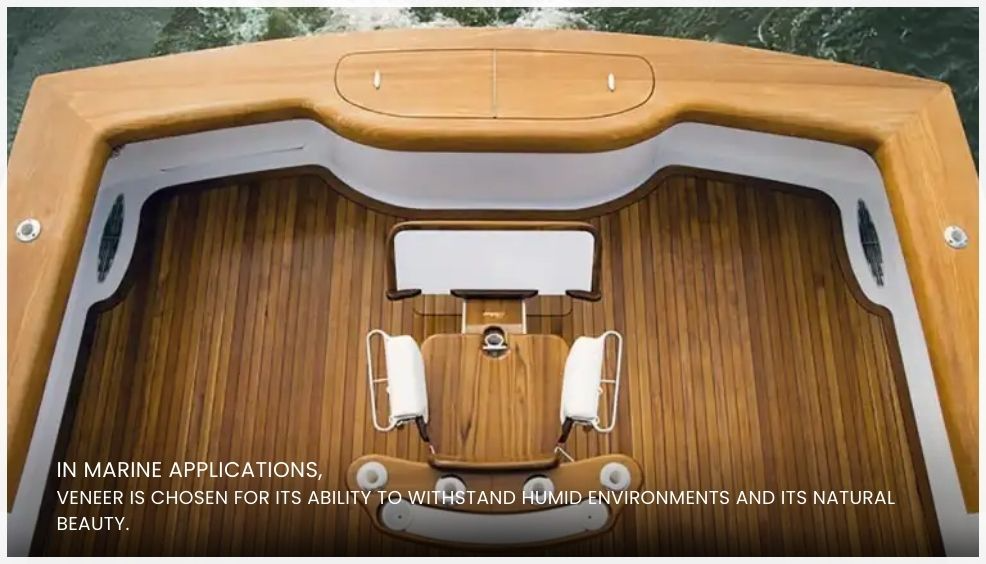



Trackback: buy 36 hour cialis without prescription